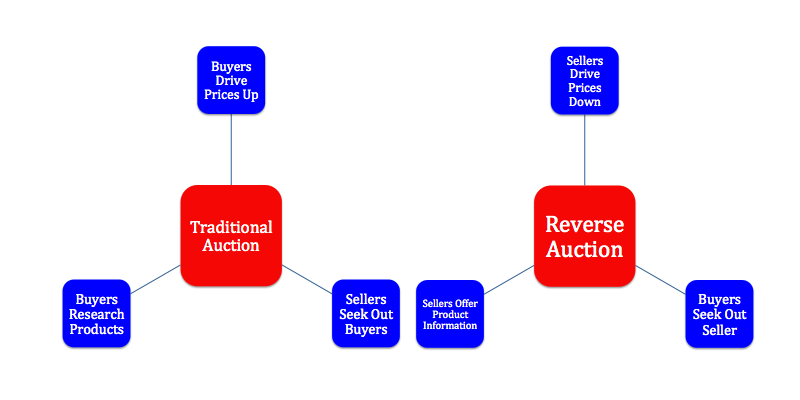Even though the economy has begun to pick itself back up again, the struggle for survival continues for many businesses, large and small. Not only have businesses had to deal with decreased demand, but they have also had to absorb increasing costs. Many of these cost increases have their origins in the commodity price spike that has driven revolutions in the Middle East. Many, however have been driven by a slow, natural inflation and suppliers lacking competitive pressures.
One trend in supply sourcing, however, has sought to help businesses reverse-or at least halt- some of the costs associated with increasing supplier prices. That trend is the introduction of e-procurement. E-procurement, or the use of online technology to source goods and services on a business-to-business basis has grown to take a significant place in the international supply chain. General Electric was the first company to begin employing this methodology in the 1990s. A former employee was so impressed with the possibilities of e-procurement that he launched his own company, FreeMarkets.
Since that time, online reverse auctions, the most common type of e- procurement solutions, have become commonplace in business practice. These auctions essentially reverse the role of the buyer and the supplier, forcing companies that are willing to supply the good to bid against each other to offer their services to the buyer at the lowest cost they are willing to.
What makes e-procurement so special and unique? First of all, online reverse auctions offer buyers an opportunity to capitalize on large savings that result from intense competition between suppliers. Some academic studies have shown that firms employing e-procurement solutions have been able to save 8-15% on average, Savings don’t end there, though. Large companies with significant bargaining power have been able to leverage their scale to their advantage. General Electric, Quaker Oats, and SmithKlineBeecham have all been able to save millions of dollars on their procurement costs.
Online reverse auctions have been able to further help firms by saving time, increasing efficiency, expanding supplier access, and facilitating decision-making. Unlike traditional sourcing methods, like calling up each supplier one after another with a request for quotation, e-procurement automatizes the process allowing the buyer to contact multiple suppliers simultaneously with pre-designed specifications. Once the suppliers agree to participate in the auction, the event itself can take as little as half an hour and produce a wealth of cost-saving options.
Another way in which online reverse actions help businesses save time is by eliminating the need for extensive paperwork and documentation. The online nature of this technology allows for a clear record-keeping methodology, increasing the efficiency of any business using e-procurement. One of the main reasons why buyers are able to tap into these benefits of e- procurement is because of their access to an expanded supplier base. Many online reverse auction platforms come with a pre-installed database of suppliers, which allows the buyers to browse through their options for who to contact much more clearly.
According to a recent A. T. Kearney study of the online reverse auction market, e-procurement gives buyers the opportunity to interact with 98% of key suppliers in the field, compared with only about 25% common to traditional methods of procurement.
Finally, the clarity of display as well as easy comparison of quotes makes it easier than ever for the buyer to decide who the best option for the supplier is. In addition to these factors, many e- procurement consulting firms will offer unique industry insight and analysis that will help the buyer understand the movements of the markets and make a decision that will bring the most long- run benefit.
Of course online reverse auctions, like any other cost-cutting measure are not without controversy. Some studies claim that the use of competitive bidding can lead to the deterioration of the buyer-supplier relationship and increase negative feelings between suppliers. However, others claim that the increase in trust and transparency that comes from the use of online reverse auctions can more than make- up for the negative aspects of competition. In all likelihood both of these claims are true, depending on the situation and the prior buyer-supplier relationship.
Another controversy that surrounds online revere auctions lies in the actual extent of savings that comes from utilizing this methodology. Many of the cost savings acquired in a real- time auction can get swept away in switching costs and the time spent deciding to employ online reverse auctions. However, in this situation the issues associated with using e- procurement are also very situation dependent and vary greatly based on existing contracts and management support.
Online reverse auctions do not promise to completely revolutionize the supply chain, as we know it. What they can offer, however, is a radically new approach to sourcing goods and services. The direct cost-cutting and efficiency improvements that they bring can often make a significant difference in a business’ operations.
Source: dartmouthbusinessjournal.com




